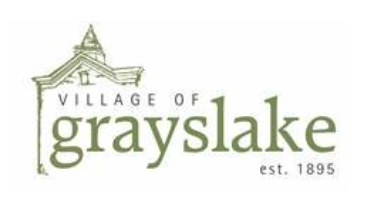Bird City Illinois
Become a Bird City and show your city’s commitment to a green future, while providing your community with more birds and nature.
We guide and support you in a variety of ways to make your city bird-friendly, including helping you educate your community, creating nesting structures, landscaping with native plants, and more.
You’ll be presented with an official framed certificate, we’ll provide 2 signs suitable for outdoor display, and you’ll be displayed on the Bird City Illinois map.
American Bird Conservancy and Environment for the Americas have joined forces to help deliver solutions on the ground through the Bird City Network. The Network unites and connects independent Bird City programs throughout the hemisphere who work directly with local communities to envision and complete bird-friendly actions. Together we form a powerful collaborative force – connecting people and helping birds across the hemisphere. Visit the Bird City programs and communities featured here and be inspired!
How It Works
To become a Bird City, a municipality must demonstrate their commitment to birds. Typically, there is a partnership with a local Audubon chapter working with local groups to meet criteria within 4 key categories.
Process Overview: The main steps involved in becoming a Bird City are:
Apply/Renew with the Bird City Network
Submit documentation with application
Get certified!
Here are some resources to get started!
Illinois Bird Cities — 2024

“I’m proud to live in a city that values birds and nature.”
Bird City Benefits
Why is it important to be a Bird City? The investments are low but the payoffs are significant!
Community Pride - Birding has become a popular hobby, and living in a community that actively supports birds and nature increases pride in where people live and do business.
Conservation Reputation - Promote and grow your community's environmental reputation by participating in a state-wide conservation program and by displaying our beautiful Bird City Illinois signs in your community.
Save Money - Reduce pest control costs by allowing birds to eat insects and to keep natural systems in balance; using native plants reduces the use of costly non-native plantings.
Build business partnerships - In 2011, the U.S. Fish & Wildlife Service estimated that spending by birders generated $107 billion in industry output, 666,000 jobs, and $13 billion in tax revenue! Work with your local businesses to integrate birding in services and products.
Healthy Environment - Building natural ecosystems through native plantings and increased bird populations helps to maximize the overall environmental health of the environment.
Healthy Humans: Birding and spending time in nature gets the whole family outside for fresh air, exercise, and relaxation!
Learn About Nature - Birds teach us about the interconnectedness of humans and nature and show how vulnerable wildlife can be to human actions.













